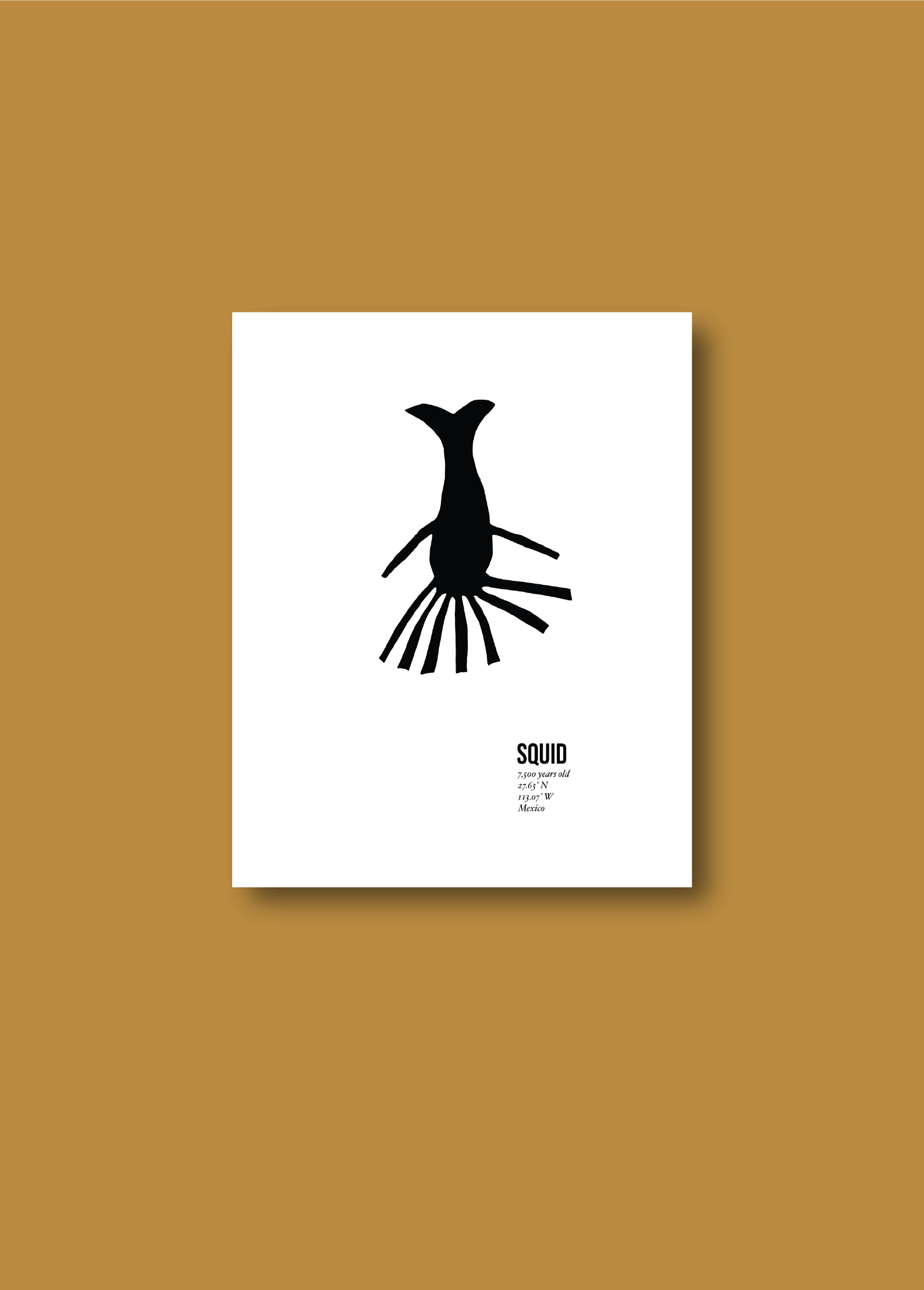Ancient Oceans - a history of the sea in 8 petroglyphs

Humanity's most enduring images are carved in stone.
Archaeologists call these "petroglyphs" and they offer a selective visual record of what ancient people saw and did.
Petroglyphs vary in size, subject, age, location, and purpose. Yet they illustrate animals we know and show familiar activities. In petroglyphs we find shared humanity with people from thousands of years ago— all thanks to our artistic ancestors. Thousands of sea life symbols have been
documented in stone around the world. Here are just eight.


The BOAT from modern Norway is the oldest known image of a water-traversing vessel. The carving is 14 feet long, suggesting to some archaeologists that it is a life-sized model.
The WHALERS from modern South Korea are the first known image of humans hunting whales. The images show coordinated attacks with harpoons and oars visible alongside the massive prey.
The WHALERS from modern South Korea are the first known image of humans hunting whales. The images show coordinated attacks with harpoons and oars visible alongside the massive prey.
The DIVER was discovered in 2017 by school children walking over a hill in India.
It may be the oldest image of humans interacting
with marine life.
Some images demonstrate biological insight. The CRAB and SQUID feature accurate "leg" counts and identifiable features. The SHARKimplies digestion with a fish framed inside the predator. The ORCA is recognizable through its dorsal fin and location on Gabriola Island, British Columbia near where "killer whales" still play.
Some images demonstrate biological insight. The CRAB and SQUID feature accurate "leg" counts and identifiable features. The SHARKimplies digestion with a fish framed inside the predator. The ORCA is recognizable through its dorsal fin and location on Gabriola Island, British Columbia near where "killer whales" still play.


I am a swimmer, surfer, and fisher. I draw on my experience of the ocean in creating my own art.
In wondering "who first drew the seas?", I found the answer delightfully open— everyone.
So I began collecting ancient ocean petroglyphs. The icons shown here were hand-carved from photographs. The resulting block prints were digitized.
The digital files are free to download and use on The Noun Project. This art belongs to everyone.
The digital files are free to download and use on The Noun Project. This art belongs to everyone.